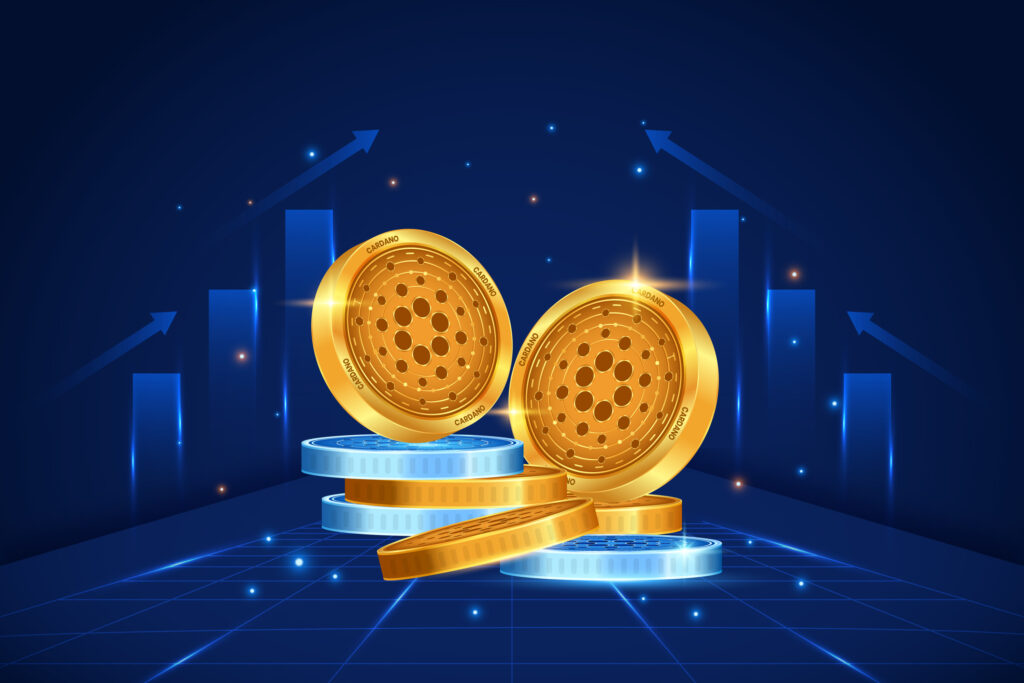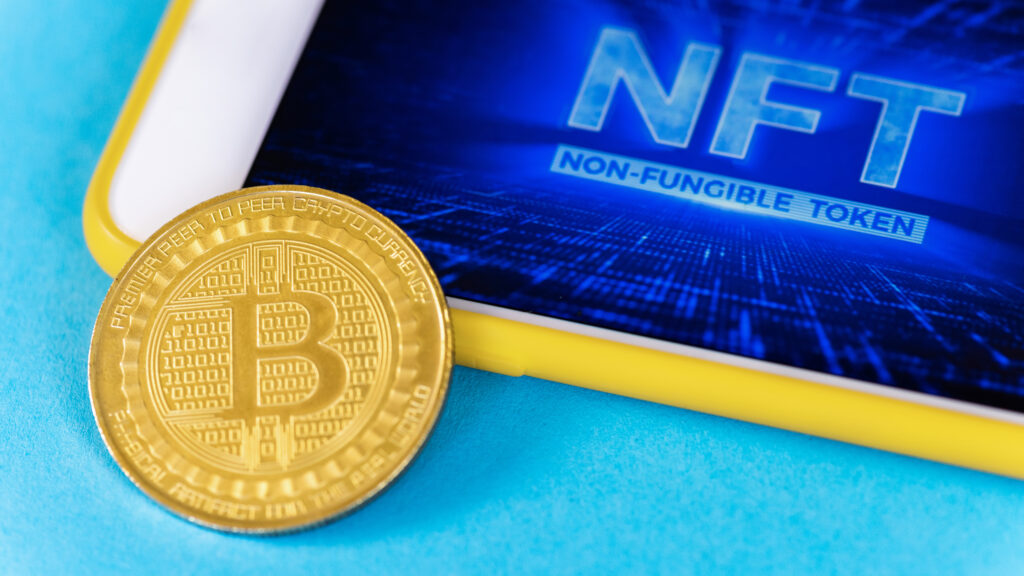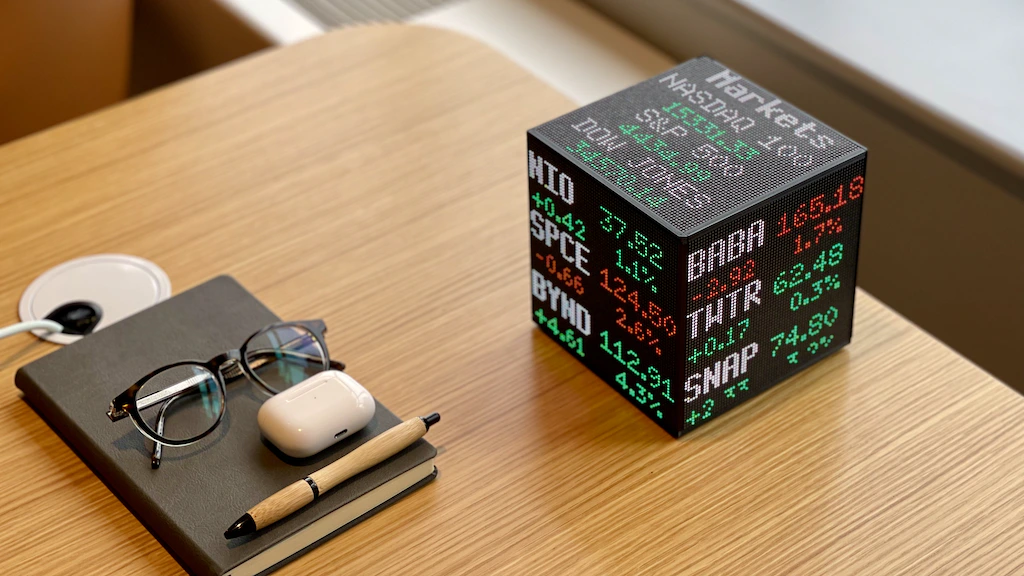NFTs have had a profound impact on the world of digital art. While digital art has been around for quite some time, the popularity of NFTs has significantly increased these creations. This can largely be attributed to the emergence of Ethereum and blockchain technology. With this technology, digital art on a blockchain has become more accessible to individuals without technical backgrounds. NFTs represent artwork, music, game items, and videos. One major advantage of these digital assets is that they can be easily traded among individuals.
What Role Does Blockchain Technology Play in NFT?
Blockchain technology enables NFTs through eliminating the need for a middleman and enabling the creation, exchange, and transfer of digital assets. The decentralized idea of blockchain innovation is one of its key advantages. NFTs are stored on a blockchain and function as real assets. They provide a digital representation linked to the original physical item, preserving its authenticity throughout its existence.
Blockchain technology has enabled a notable growth in the number of content creators in the NFT space. This is because blockchain technology provides a means to validate and authenticate digital assets, allowing for easy distribution, trade, and monetization. Cryptocurrencies are frequently utilized within NFTs due to their store of value and convenient transferability between individuals
The decentralized nature of NFTs has revolutionized the way content creators can share their work with global audiences. With blockchain technology, artists no longer need intermediaries to reach their target market. Recognizing the growing popularity of NFTs, developers have quickly established digital art platforms that leverage this technology for greater accessibility and exposure.
What is the process behind the creation of NFTs?
A non-fungible token (NFT) is a digital asset stored on the blockchain as a set of records. The blockchain is a decentralized ledger that contains the complete history of all transactions involving the asset. One key advantage of NFTs is their ability to facilitate the trading of digital assets in a trustworthy environment.
Unlike centralized platforms, the blockchain platform supporting NFTs operates without any involvement from third parties. This decentralized nature also ensures transparency, overcoming limitations like geographical restrictions when two parties engage in a transaction. Each unique asset is identified by a specific hash and stored publicly within the blockchain’s data. That’s how NFTs work.
In What Ways Does NFT (Non-Fungible Tokens) Benefit?
One of the most notable features of NFTs is their impact on market efficiency. By tokenizing physical commodities, the selling process becomes simpler and eliminates the need for intermediaries. With NFTs, vendors can directly connect with their target audiences by showcasing physical or digital artwork on a blockchain.
Additionally, there are several legal benefits associated with real-world use of NFTs. Creating an NFT can be seen as a digital representation of a physical asset, providing added value and security. Other advantages include:
- Liquidity :
A robust NFT market offers the advantage of liquidity for blockchain-traded assets, allowing for easy buying and selling and quick asset liquidation. The ability to trade non-fungible tokens serves as a catalyst for other investors in the market. Numerous companies already provide services that enable users to track their purchases and trades of these items.
- Transparency :
Non-fungible tokens (NFTs) offer transparency that benefits buyers, sellers, and investors. The decentralized nature of blockchain technology ensures increased transparency for NFT transactions. By utilizing a digital ledger, commonly known as the blockchain, every NFT transaction is recorded. It can be accessed by buyers and sellers. This enables users to have a comprehensive record of the ownership history for each unique NFT. Platforms that leverage blockchain technology for storing digital assets further enhance accessibility to an item’s complete transaction history for its holders.
- Trust :
NFTs create a trustworthy environment where sellers and buyers can confidently trade assets. The decentralized nature of blockchain technology eliminates the need for intermediaries in NFT transactions, resulting in increased market efficiency. With no middlemen involved, both parties can benefit from the full value of their transaction without any additional cuts or fees.
- Security and Privacy :
Blockchain technology ensures security and privacy for both sellers and buyers of NFTs through a shared ledger. The information on a blockchain cannot be altered without the private key, guaranteeing its integrity. Additionally, the decentralized nature of blockchain technology preserves the anonymity of buyers and sellers during transactions with NFTs.
What Purposes Do NFTs Serve?
NFTs and blockchain technology provide a unique opportunity for artists and content creators to monetize their work. By leveraging blockchain, digital assets can be tokenized and traded, opening up new possibilities for artists to create and sell exclusive digital artwork. This emerging trend of NFTs is gaining popularity as they gain wider acceptance in the art community.
The wide range of distinctive items available in the market enables individuals to incorporate NFTs into their everyday transactions. Certain NFTs facilitate actions such as sending virtual gifts, donating funds, trading virtual currency, and securely and swiftly buying and selling digital art from any location across the world.
Having a single platform where people can exchange, trade, and purchase NFTs will greatly increase accessibility to digital items for many individuals. This will also offer an alternative form of payment across various industries globally. Thanks to the advancements in blockchain technology, people from all corners of the world now have the opportunity to accept NFTs as a means of payment for their products and services.
Who Are the Players in Non-Fungible Tokens?
The digital art space is witnessing the rise of numerous businesses catering to different aspects of NFT creation and trading. Some companies offer tools and services for individuals interested in creating NFTs, while others provide platforms for users to trade these digital assets. These platforms offer unique blockchain solutions and are vital in empowering artists to sell their artwork online without censorship or copyright concerns. Additionally, specialized firms are focusing on smart contract development and blockchain consulting services specifically tailored to NFTs featured on these platforms.
NFTs: Are They Safe?
Unlike traditional assets, non-fungible tokens (NFTs) are highly secure due to their use of blockchain technology. Blockchain’s decentralized structure ensures that the information stored within cannot be altered or tampered with by hackers. The security of NFTs is further fortified through the implementation of a hash function, making it virtually impossible for any unauthorized modifications to occur.

How to purchase NFTs?
Owning some of the cryptocurrency ether (ETH) and keeping it in a digital wallet usually constitutes the first step since many NFTs can only be bought with it. You can buy NFTs from any online NFT marketplaces including OpenSea, Rarible, and SuperRare.
Conclusion :
The blockchain industry is constantly evolving, and non-fungible tokens (NFTs) will play a crucial role in its growth. The utilization of smart contracts will also become more widespread, enabling users to trade digital assets through a platform. Companies engaged in creating, distributing, and trading non-fungible item tokens will be instrumental in driving the market’s expansion. Thanks to these companies, blockchain technology is becoming more accessible to a wider audience. As the popularity of trading NFTs continues to rise, it will contribute to the development of a robust and thriving marketplace for these unique digital assets in the future.



